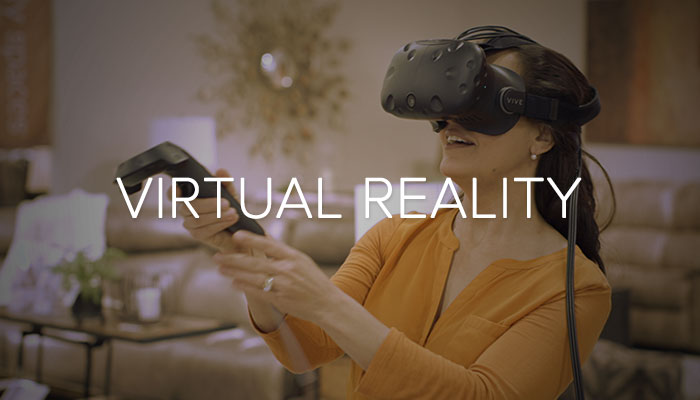- Virtual Reality (VR) -
The concept of virtual reality is built on the natural combination of two words: the virtual and the real. The former means "nearly" or "conceptually," which leads to an experience that is near-reality through the use of technology.
Virtual Reality (VR) is the utilize of computer technology
to make a simulated environment. Unlike conventional client interfacing, VR
places the user inside an experience. Rather than seeing a screen in front of them,
clients are submerged and able to connected with 3D universes. By simulating as
many faculties as possible, such as vision, hearing, touch, even smell, the
computer is changed into a guardian to this artificial world. The only limits
to near-real VR encounters are the accessibility of substance and cheap
computing power.
Google Cardboard, for example, could be an example of VR application. It's a VR experience beginning with a basic viewer anyone can build or purchase. Once you have got it, you'll investigate a variety of apps that unfurl around you.
Centering a participant’s attention on the definite subject or rule is precisely one of the various benefits of VR application. Not at all like learning from a book, video, or lesson within the immersive environment that VR gives, you learn firsthand, were to coordinate your attention, what results your activities will have, and even how to talk to another individual.VR enables an understudy not only to imagine but to feel scenarios, circumstances, subjects that are not affordable or even conceivable to be reproduced in a classroom. As for numerous benefits of its application, virtual reality is being widely used for numerous education purposes and studying different disciplines. Virtual reality is remaining a relatively new technology in language learning, for example.
VR links learning with the demanded context and makes learning activities situated. VR ensures users’ active control over their moves and directions. VR provides “Spatial Affordance” therefore, it is the most spatial form of media, which available to use in language training. Instructional exercises in VR empower suddenness and thus involve the greatest possible submersion of each single or multi-user in virtual environments. In the event that promising task performance increments students’ interest in following tasks and their inspiration to attain better results in a preparing course expands. VR application tackles the issue of immersion within the language environment, mentally plans students to use existing proficient abilities and information, and persuades their advanced studies. VR based tasks also clearly demonstrate situational models of conceivable everyday life circumstances for foreign language communication.
To sum up, VR is an unavoidable tool in instruction. It is getting to be particularly requested in undergraduate training, due to its fascination and motivation perspectives for young grown-ups who are proficient in information innovation, depending on and being dependent on their smartphones. VR applications offer shinning openings for both involvement understudies into foreign language learning process and accomplishing three primary goals of this discipline effectively: improving foreign language learning, preparing students for real-life and proficient circumstances outside the native language environment, improving student communication abilities.





Yorumlar
Yorum Gönder